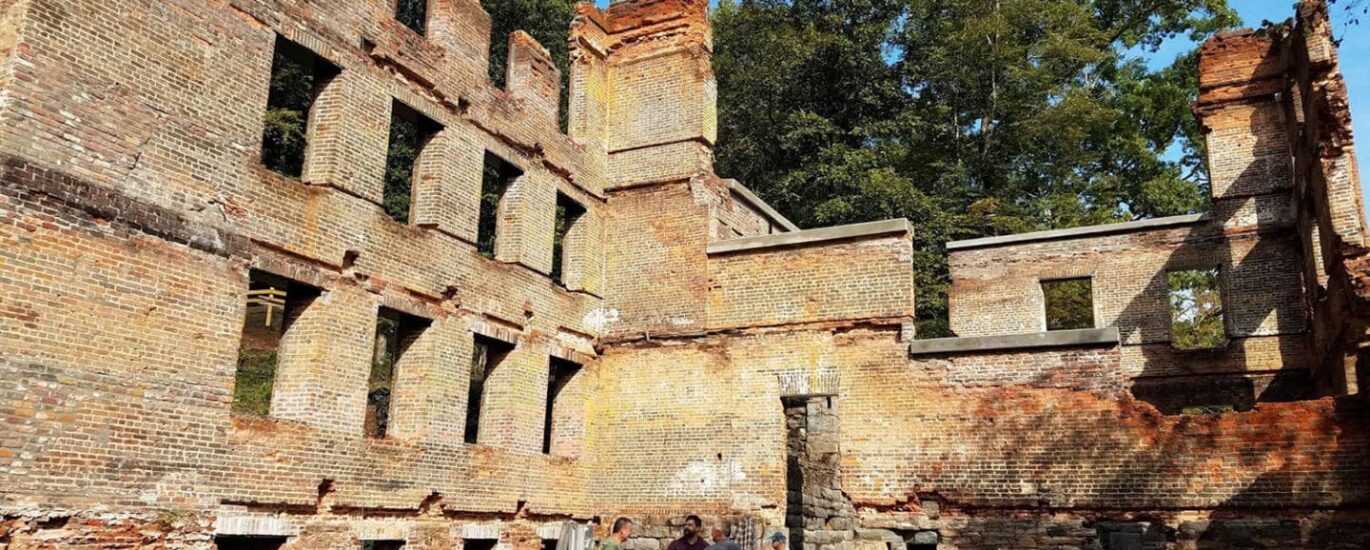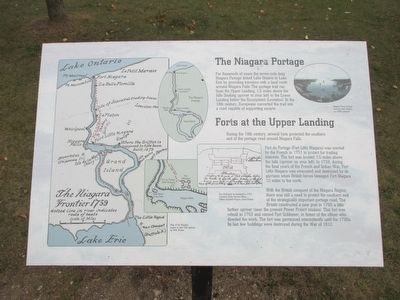As you explore the wooded trails of Lithia Springs, Georgia, you may stumble upon the haunting yet fascinating remains of the New Manchester Mill. This site offers a glimpse into the industrial prowess and tragic history of the 19th century American South. Founded in 1849 by the Sweetwater Manufacturing Company, the mill was a bustling center for textile production. It was strategically situated along the banks of Sweetwater Creek, harnessing the water’s power to fuel its massive looms and spinning machines.
The mill quickly became the lifeblood of a small, thriving community known as New Manchester. Workers and their families lived in the surrounding area, creating a close-knit town that revolved around the mill’s operations. The mill produced high-quality textiles, which were in significant demand during the mid-1800s.
However, the mill’s prosperity was cut short by the winds of war. During the American Civil War, the New Manchester Mill became a target for Union forces. In July 1864, General William T. Sherman’s troops, executing the infamous ‘March to the Sea,’ captured and subsequently destroyed the mill as part of their campaign to cripple the Confederate war effort. This event marked a turning point, leading to the decline of the town and leaving the mill in ruins.
Notable figures like General Sherman played an indirect yet pivotal role in the mill’s history, as his military strategies led to its destruction. The mill’s ruins now stand as a testament to the resilience and eventual transformation of the region.
Today, visitors to the ruins can walk among the stone walls and towering chimneys that have withstood the test of time. These remnants are part of the Sweetwater Creek State Park, offering a unique blend of historical intrigue and natural beauty. The park provides a serene backdrop for reflection on the past and appreciation of nature’s ability to reclaim and renew.
The New Manchester Mill’s story is a powerful reminder of the turbulent times that shaped the United States and the enduring spirit of those who lived through them.



